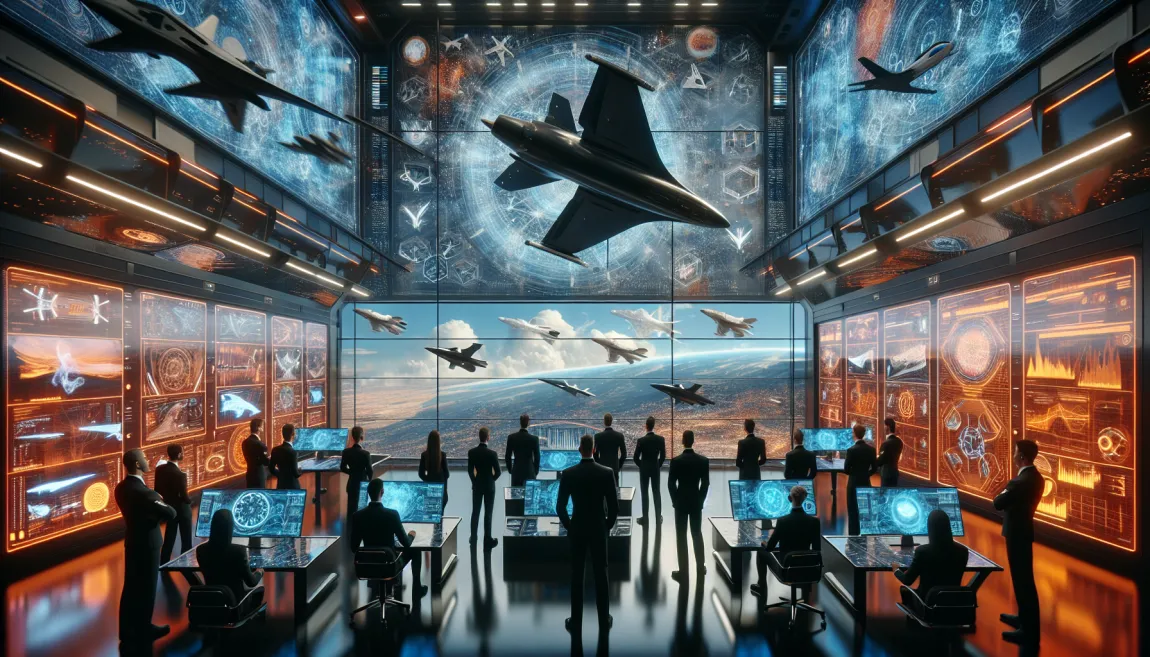The article provides an intriguing overview of the latest trends in aerospace technology, showcasing significant advancements across three main areas: military technology, space exploration, and aircraft engineering. The insights gleaned from the article illustrate a dynamic field that is not only pivotal to modern warfare and defense but also crucial to futuristic exploration and aviation technology.
Military Advancements
The discussion of military aircraft technology highlights a clear global interest in new fighter jets, as evidenced by substantial views and interactions with related videos. The article pointedly mentions advancements like the X-44 Nuclear Anti-Gravit Manta and its implications for global security, underscoring the ongoing arms race among superpowers. This segment of the article reflects broader concerns about warfare modernization and how technological superiority could reshape geopolitical dynamics.
Space Exploration and Robotics
Innovations in space exploration and robotics, particularly the development of humanoid robots capable of tactile sensations, open exciting possibilities for space missions. The integration of artificial intelligence into robot design could potentially lead to more precise and safer extraterrestrial operations. This area, as detailed in the article, is receiving a lot of attention, indicating a growing public and scientific interest in how robotics can expand the frontiers of human space exploration.
Aircraft Engineering
The advancements in aircraft engineering involve the development of new materials and propulsion technologies which are essential for the next generation of both commercial and military aircraft. It's fascinating to see how these innovations aim to enhance the performance, efficiency, and safety of aircraft designs, signifying a forward-thinking approach to aviation technology that aligns with increasing demands for sustainability and effectiveness in aerospace technologies.
Implications and Future Prospects
The article adeptly captures the pulse of current innovations within the aerospace sector, projecting a future where technology not only enhances capability but also shapes the strategic decisions of nations and industries. The military advancements suggest a future where warfare is increasingly dominated by technological advances, posing important questions about international security and ethical warfare.
Meanwhile, the exploration of space through more capable AI-driven robots could revolutionize our approach to discovering and interacting with our universe. On Earth, improvements in aircraft technology promise more efficient, safer air travel with a smaller environmental footprint, aligning with global sustainability goals.
Overall, the article invites the reader to consider not only the current state of aerospace technology but also its implications for the near future. It suggests an aerospace industry at the cusp of significant breakthroughs that could redefine existing paradigms of travel, defense, and exploration, harmonizing technological prowess with pressing global needs and ambitions.
View original article:
https://www.clayens.com/



Leave a Reply